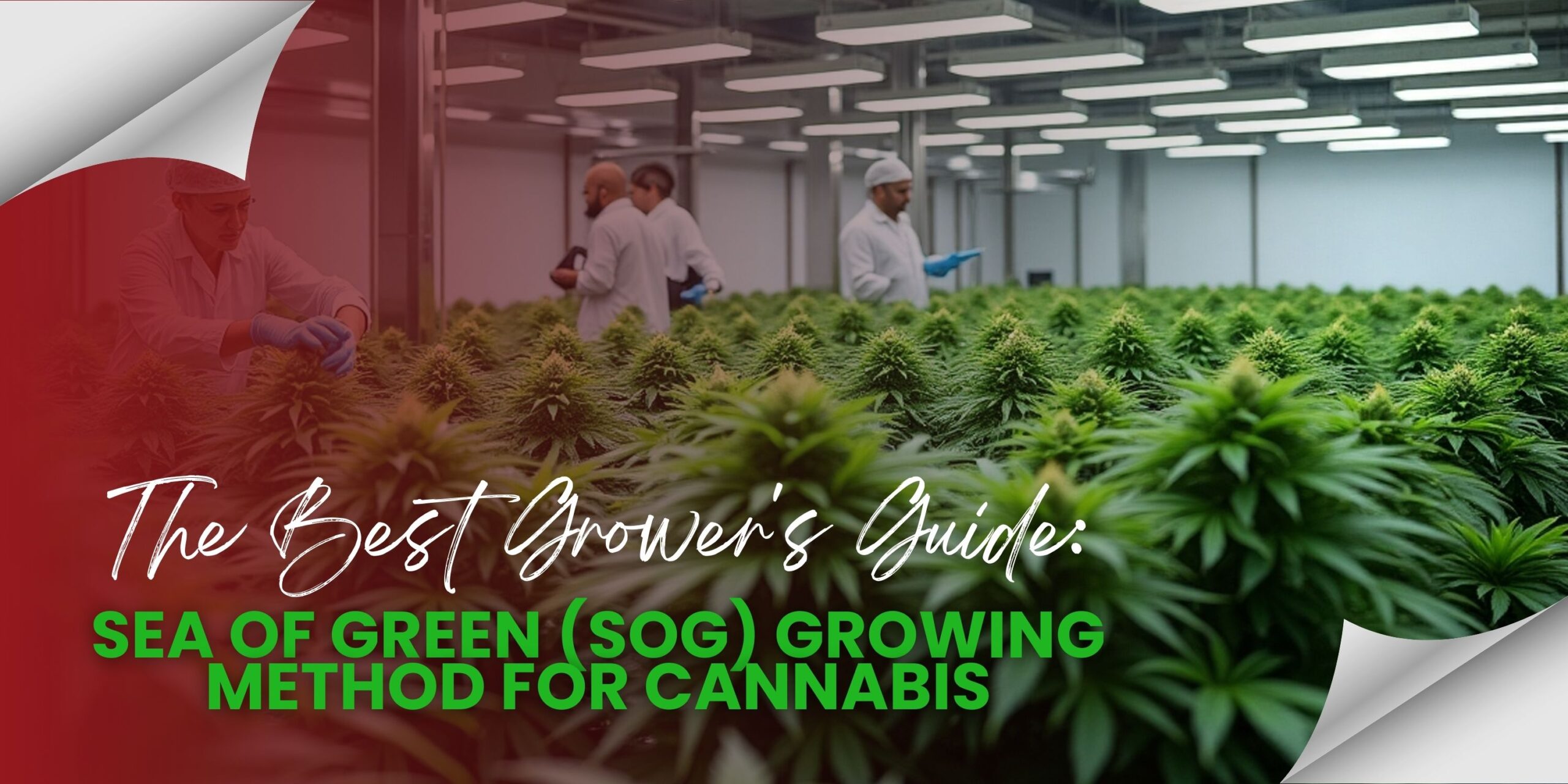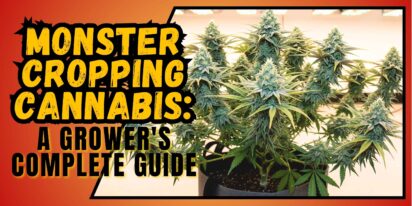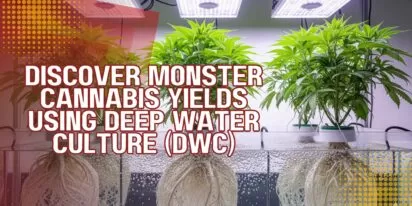A very efficient cannabis growing technique called Sea of Green (SOG) allows for optimal yield by cultivating many tiny plants rather than a small number of huge ones. For indoor growers wishing for quick turnover and efficient plant management, SOG is perfect. The sea of green method produces thick canopies of colas with less vegetative growth time by using the inherent development patterns of the plant and hastening the blooming phase. Growers wishing to maximize space, maximize production, and simplify their operations using the Sea of Green approach will find this lesson a professional-level, step-by-step guide.
Why Apply SOG? Yield Density, Speed, and Efficiency
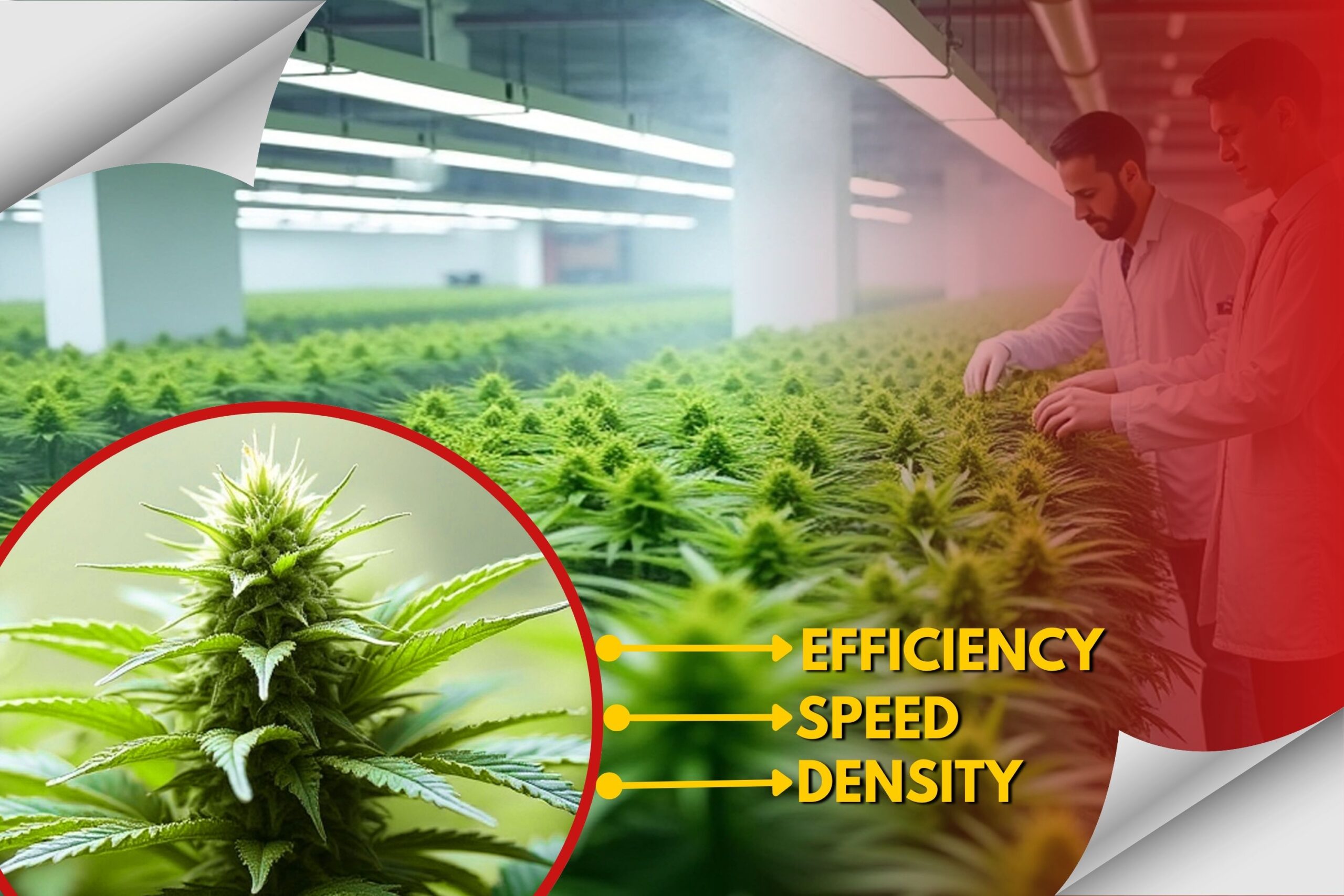
Maybe the most convincing argument for the SOG approach is the faster pace at which farmers may have a growing cycle. Growers can put plants into bloom in as little as 1–2 weeks after roots by significantly reducing the vegetative phase. Though each harvest is lower than a normal grow with bigger plants, the result implies more crop cycles per year, thereby raising total annual harvests.
Furthermore, the density of the plant in a SOG growing method immediately relates to an abundance of colas in a small area. The outcome is more dense, high-quality flowers and fewer spindly side shoots when the plants concentrate energy on a single core bud. The capacity to maximize every square inch into a productive canopy is a major benefit for indoor growers operating under restricted square area, since it maximizes return on investment in both time and materials.
Choosing the Right SOG Strain
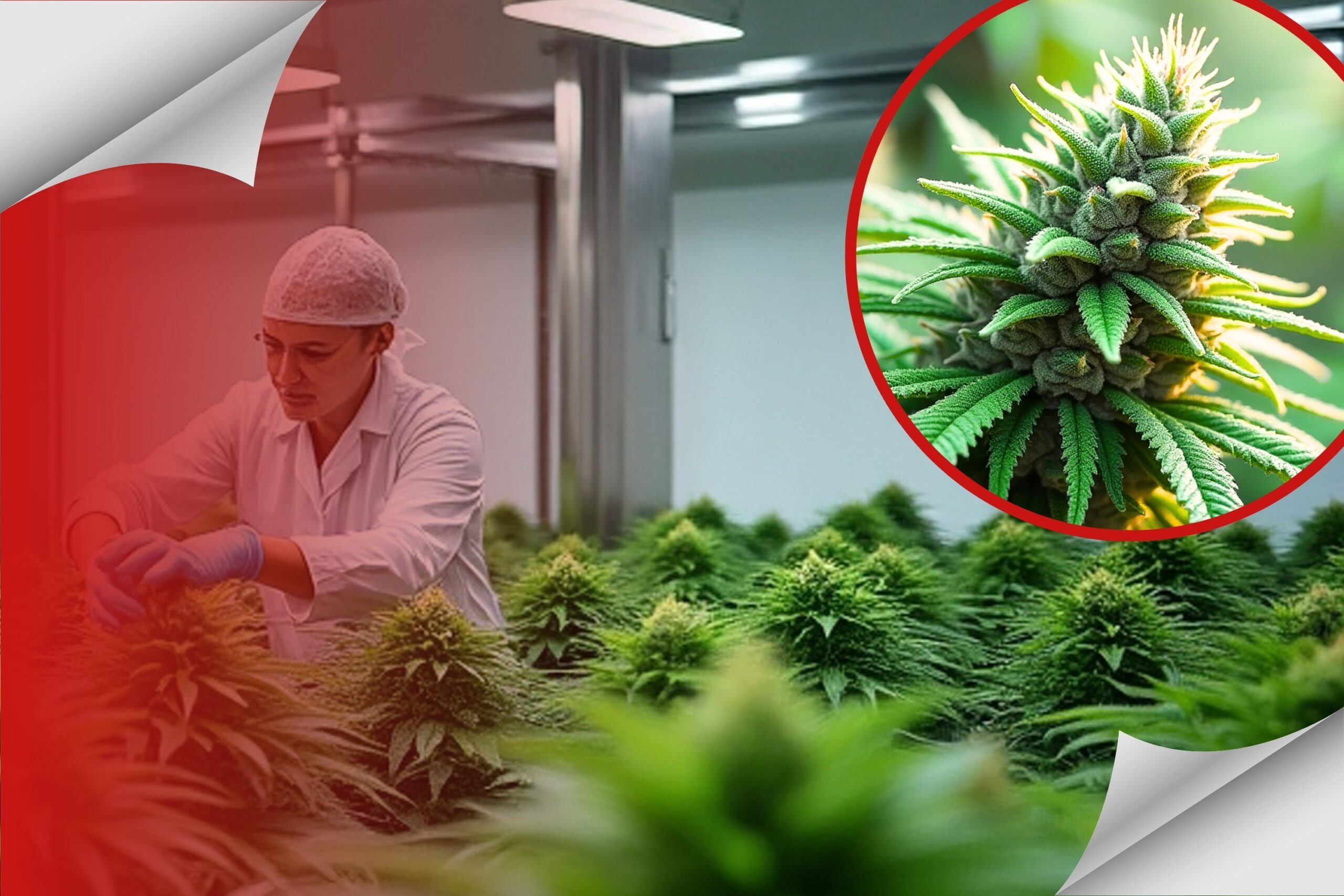
Choosing the right strain can either help or hinder a SOG run. Strains with tight internodal spacing, low-to-moderate stretch, and a propensity to create thick, central colas should be selected if one wants even growth and maximum yields. Because they are small and consistent, popular indica-dominant hybrids like Northern Lights, Critical Mass, and Blue Cheese are often sought after.
Apart from growth traits, a strain’s blooming time also significantly influences its suitability for SOG. Cultivars with an 8-week or shorter flowering cycle are ideal since they fit the main premise of the method in terms of fast turnover. Avoid strains that need significant training or generate many secondary branches since these can interfere with canopy management and compromise the homogeneity SOG seeks to attain.
Best Plant Spacing and Pot Sizes in SOG Configurations
Optimal spacing is essential to guarantee the movement of air and the even distribution of light across the canopy. The usual approach is one plant per square foot, which allows every plant to flourish without crowding the next. Based on the given cultivar and environmental restrictions, growers could wish to open or close the density.
The sea of green weed also gives significant weight to container size. Plants won’t need deep root systems since the veg stage is purposefully short, so tiny pots will be more effective. While encouraging more strong root growth, using 1-gallon or even 0.5-gallon containers limits plant height. Fabric pots or air-pruning containers also help to better oxygenate and drain the roots, which will improve the general health of the plants and help to avoid root-bound growth.
Lighting Strategies for SOG Success
Successful SOG growth depends on even, strong illumination. Growers prefer either high-pressure sodium (HPS) systems or full-spectrum output LED grow lights. Maximizing light absorption and encouraging strong bud development, a level, even canopy lets farmers place lights near plants without scorching them.
The particular strain and growth stages determine light schedule customization. Most SOG producers follow an 18/6 schedule during the short veg period, then switch to a 12/12 schedule early on to initiate flowering before the plants become too large. This early changeover significantly helps reach the SOG objective of fast harvest cycles and less vertical stretch.
Cloning and homogeneity: The Key to a Level Canopy
SOG depends on genetic homogeneity. Farmers often clone from a single mother crop to do this. Cloning ensures the plants have the same growth traits, extension ratio, and nutrient needs, all of which are vital for maintaining a uniform canopy. Planting clones 7–14 days apart and giving them little veg time can coax plants to flower at a height of about 4–8 inches. This early intervention guides more plant energy toward a single central cola and helps compact growth.
Maximizing Sea of Green Yield through Training and Pruning
Although SOG restricts the training process, strategic reduction is essential to direct plant energy into the main cola. Removing lower branches and sun leaves without light—another technique called “lollipopping” the plant from expending energy in dead buds. This will help to improve air circulation under the canopy, hence lowering the likelihood of mold or infestation in humid areas.
To encourage a bushier growth habit before starting flowering, some growers choose to top their clones in early veg. Generally speaking, SOG does not advise this, as the goal is one primary cola. Rather, encouraging vertical growth and letting plants give the central bud site top priority naturally fits the SOG philosophy and helps to foster the uniformity that characterizes the approach.
Watering Methods and Nutrient Program
Feeding and watering SOG plants calls for accuracy. Even tiny variations can rapidly accumulate during the growth, given their tiny pots and quantities. Emphasis on micronutrients to improve aggressive cloning and early root development requires a well-balanced feeding program tailored to each growth stage.
During the flowering stage, nutrient percentages have to be changed toward bloom-specific ratios rich in potassium and phosphorus. Feeding has to be light but frequent, given the limited root zone, usually with daily watering or fertilizer supply using drip irrigation systems. To prevent plants from suffering from nitrogen lockup or overfeeding—two of the most frequent problems that can quickly kill a highly planted SOG grow—runoff should be closely monitored for pH and EC levels.
Small SOG Space Environmental Controls
A congested grow room has particular difficulties, notably in climate control. Proper airflow and humidity management are especially important in SOG since dozens of little plants could fill a single tent or room. To get rid of dead air gaps, hotbeds for powdery mildew and botrytis, growers have to use oscillating fans at several levels of the canopy.
To control temperature and humidity to the ideal ranges—preferably 75°F (24°C) lights-on and 65–70°F (18–21°C) lights-off, and 40–50% relative humidity bloom—carbon filters, dehumidification, and excellent exhaust systems will have to be installed. Excessive CO₂ without supporting rises in light and nutrients might stress the plants more than help them; hence, if CO₂ supplementation is being utilized, it should be well-regulated to prevent buildup, particularly in closed systems.
Time of Harvest and Yield Projections
During harvest time, sea of green growing offers a clear benefit: all crops stop flowering almost simultaneously. A single, well-timed harvest session lets one cut down on the logistical and labor problems caused by staggered harvesting. Trimming is quicker and more streamlined since every crop is trained to generate a single dense cola.
Well-cared-for SOG setups can produce great yields. Although plants individually will only produce 10–30 grams, total yield per square meter will frequently surpass that of fewer numbers of big plants. Even experienced farmers with high-wattage gear can easily net 1.5 grams per watt regularly. Moreover, SOG is the preferred technique for producers aiming to generate dispensary-grade bud or homogeneous quantities for extraction, given the uniformity in size of the buds, density, and cannabinoid levels.
Using SOG: Typical Errors to Avoid
- Over Clones: Seeds: The effectiveness of the SOG approach depends on canopy uniformity, which genetic variability threatens. Seeds can lead to inconsistent growth, hence undermining the harmony of the harvest.
- Overcrowding plants causes more diseases and poor air circulation. Though overcrowding can cause a strain and fight for light and nutrient supplies, close spacing is essential.
- Pruning Missed: Let’s let lateral branches fight with the main cola, hence lowering total yield. Optimal pruning directs the plant’s energy to the top cola, hence boosting bud density and bulk.
- Poor lighting lowers bud density and quality. Maximum yield in the dense, short SOG configuration is attained by even and strong illumination.
- Forgetfulness regarding pH and nutrient balance causes lockout of nutrients and growth problems. Regular monitoring and control of pH levels and nutrient combinations guarantee plant health.





